 Originally posted by Swift1
Originally posted by Swift1 
A TLR is a superb choice for getting into medium format. They fairly small, usually simple to operate, and for the most part they provide excellent image quality.
I now have 5 TLRs, and I've used nearly 10 different models.
Some things worth thinking about.
Film loading and transport - Depending on the make and model, film loading and transport can range from very simple to fairly complex. For example a Rolleiflex is very simple to load, and simple to use , but also has a very complex film transport mechanism. A Rolleiflex will automatically stop at each frame, and will cock the shutter automatically when you advance the film. The Autocord and Yashicamat operate much the same, but a Yashica A for example, as well as many of the early inexpensive Japanese TLRs have a very simple film transport with a small red window on the back and as you advance the film you stop when the frame number appears in the window, then you manually cock the shutter and make your exposure. Mechanically, this great because there's not much that can go wrong, but you do have to remember to advance, cock the shutter, make your exposure, then advance, cock the shutter, etc. It is very easy to accidentally make double exposures.
Then there are all cameras that fit somewhere in between. I have a Toyocaflex, which is basically like a Yashica A, but with a semi-automatic film transport and frame counter. When loading the camera, you need to do all the right things in the order, otherwise you will end up just winding up the entire roll onto the take-up spool. If you load film correctly, then the advance will automatically stop at each frame, and the frame counter will work automatically, but you still need to manually cock the shutter for each exposure, and then remember to advance before making another exposure.
Settings - with a Rolleiflex or a Yashicamat, setting shutter speed and aperture is a very simple straightforward operation, and once set it isn't easy to accidentally change the settings. With my Minolta Autocord, it's very easy to set the shutter speed and aperture, and it's also very easy to accidentally change the settings without noticing. With my Toyocaflex, changing the shutter speed and aperture is kinda fiddly, and accidentally moving the aperture setting isn't that difficult.
Camera noise - Most TLRs are very quiet in operation, but I know from experience that the Yashicamat 124G in particular has a terribly noisy film advance. I don't know if all the Yashicamat are like that, but I kinda think so.
Focusing Scale - my only real complaint with the Minolta Autocord is that the focus distance scale is on the bottom of the camera, and if you're holding the camera like you're taking a photo, you can't see the scale at all. This may seem trivial, and for many people it likely is, but for me it's quite frustrating. Focusing through a waist level finder can be a bit tricky. Over the years I have been using TLRs, I've formed the habit of instinctively checking the distance scale when focusing so that I know if I'm in the right area. With the Autocord, this is a PITA.
If you are planning on using filters, you probably want to get a camera with bayonet filter mounts on the lenses.
Hope that is helpful,
Thank you very much for all that Colton, very helpful and I know that must have taken you a while, by the way I have admired your work for quite some time now.
On the film loading: I have been looking firstly at Ikoflex because I thought rightly or wrongly that its lenses would be good but it has an awfully fiddly loading procedure to get it right, so today I've had a look at the Minolta Autocord and discovered the film runs top to bottom which surprised me but otherwise seemed straightforward enough. I then moved on to the Meopta Flexaret VIIa which loads from bottom to top in what seems quite a simple process, well compared to the Ikoflex anyway, the wind on has automatic stopping at each frame but you do have to cock the shutter manually, I think it has double exposure prevention - better check that again. I also had a look at one or two of the French SEMFLEX models, not too sure about them though one did have Angenieux lenses rather than their usual Berthiot, the film runs from top to bottom but you have to watch the red window for frame spacing on the standard model and on the Oto Model - the top one - frame counting is automatic but you have to move a crank about 30 degrees twice, something like the double stroke lever wind on the original Leica M3, quite nice looking cameras though and one model has a 135mm tele lens.
Settings: I note what you say about the Autocord, on the Flexaret and the SEMFlex it appears difficult to unintentionally change the settings.
Camera Noise: the Analog Insights YouTube channel did better than usual reviews of both the Rolleiflex and YashicaMat 124G, it certainly makes noise when you wind it on, reminds me of an Exa SLR I had a great many years ago, the mirror really slapped up on that one and everybody looked at you.
Focussing Scale: I wondered why that was bothering you when you could see things on the screen until I realised that you might to know the depth of field or hyperfocal distance to see the extent of coverage. There seems to be two different ways either on a scale on the bottom under the taking lens which both the Autocad and Flexaret have or around the focusing knob on the cameras side which seems to be more common, both methods require moving the camera to read the scale.
I notice that there are 3rd party bayonet hoods available on e-bay but anybody selling filters, particularly original ones, is looking for a lot of cash.
Once again thank you very much and appreciated.
CD
---------- Post added 06-19-2018 at 10:53 PM ----------
 Originally posted by abruzzi
Originally posted by abruzzi 
remember that some TLRs have interchangeable lenses are well--if you're that worried about having options.
No I want to make sure I don't get carried away on an equipment binge.
---------- Post added 06-19-2018 at 10:57 PM ----------
 Originally posted by TwoUptons
Originally posted by TwoUptons 
But I made the trade for portability a long time ago, and I don't regret it.
-Eric
Thats one of the reasons I'm looking at a TLR - relatively lightweight portability, with one lens you have to zoom with your feet, the other is you have to make do with a single lens so wondering which lens to use doesn't weigh on your mind.


 Similar Threads
Similar Threads 







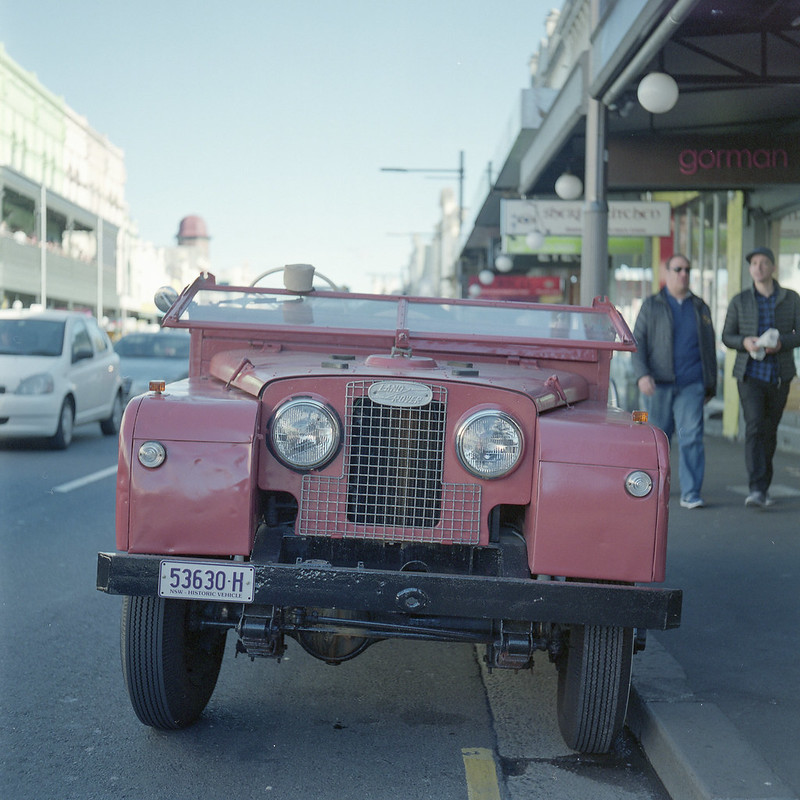

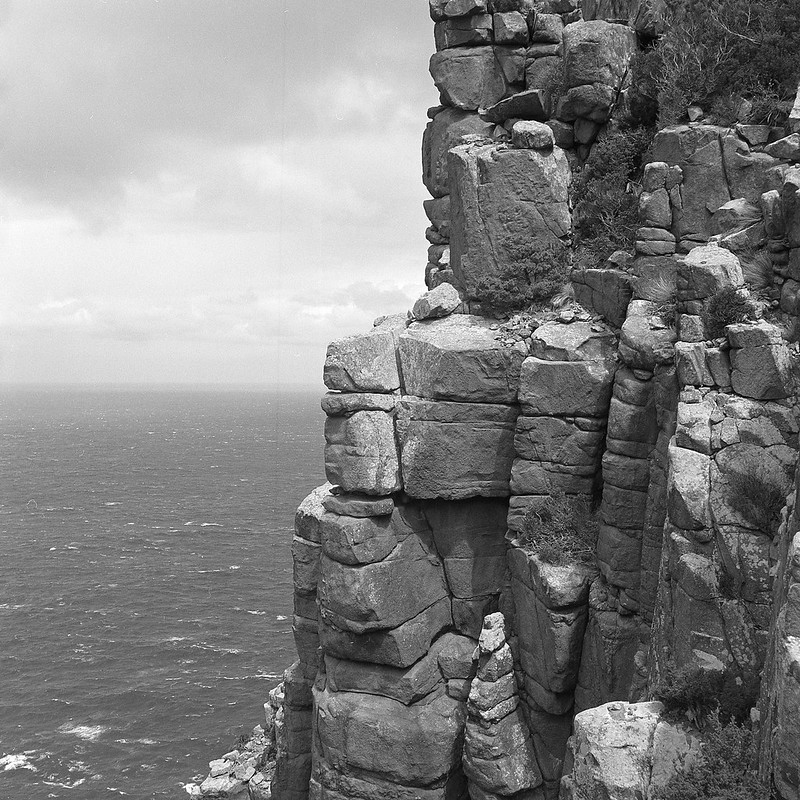
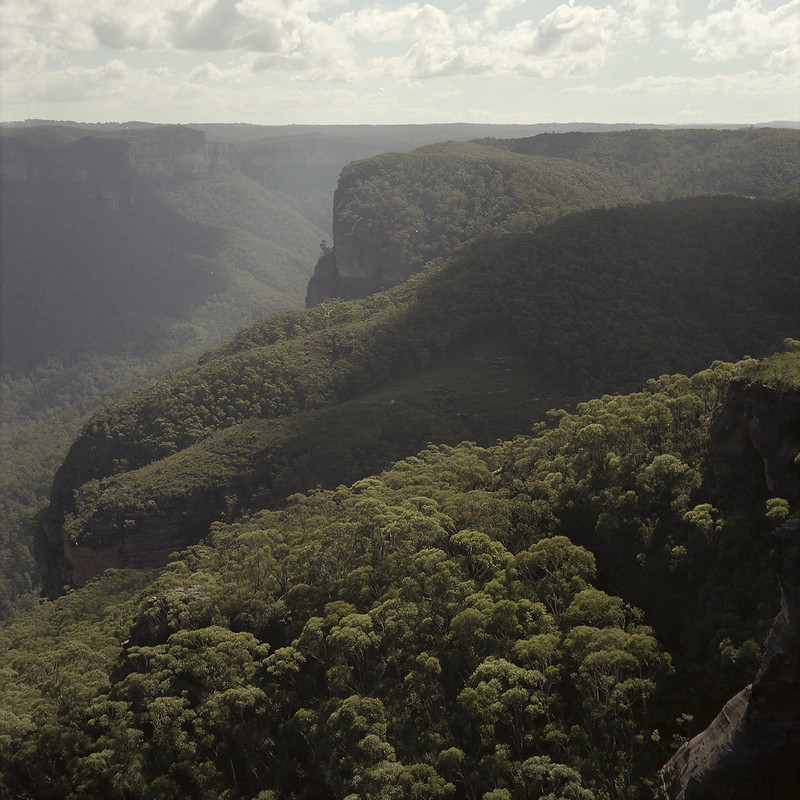
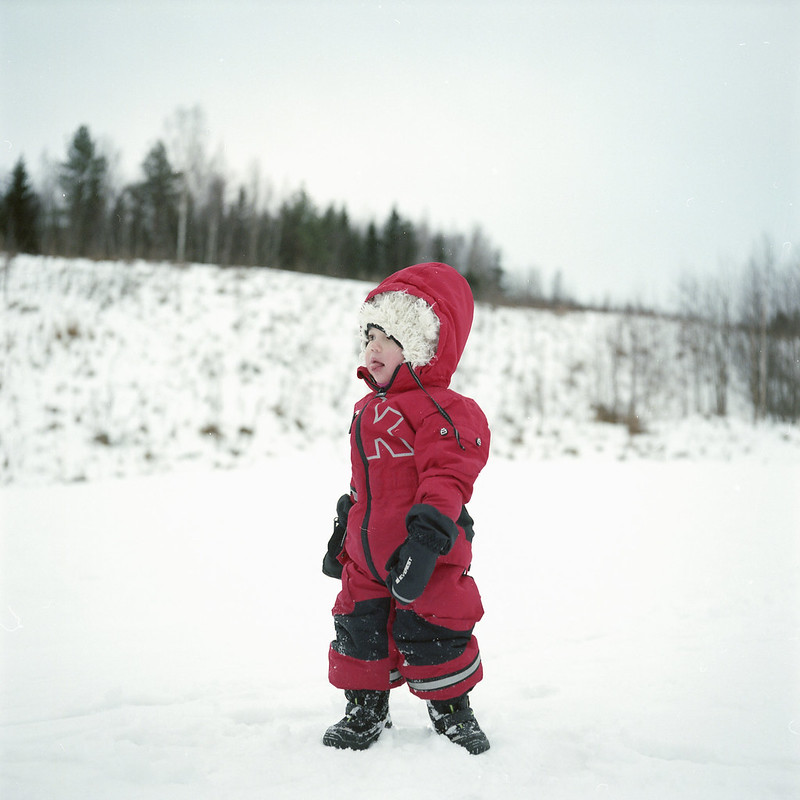
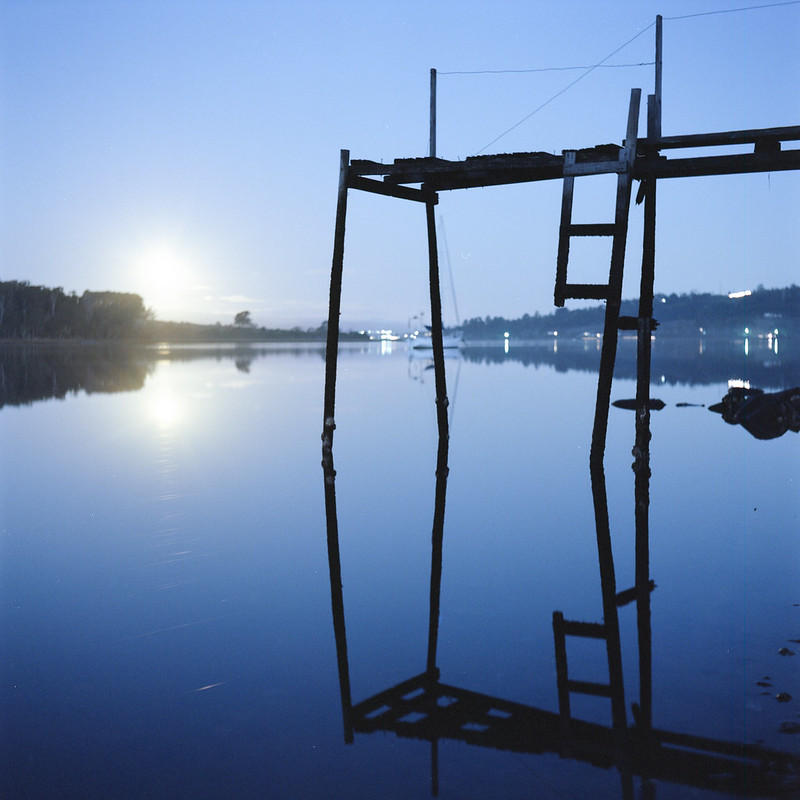
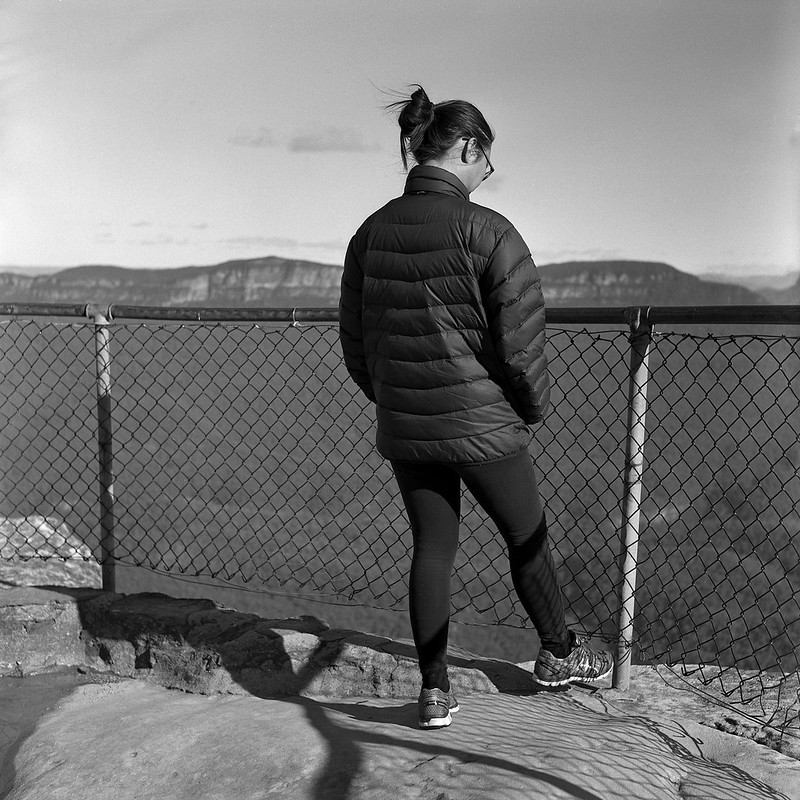
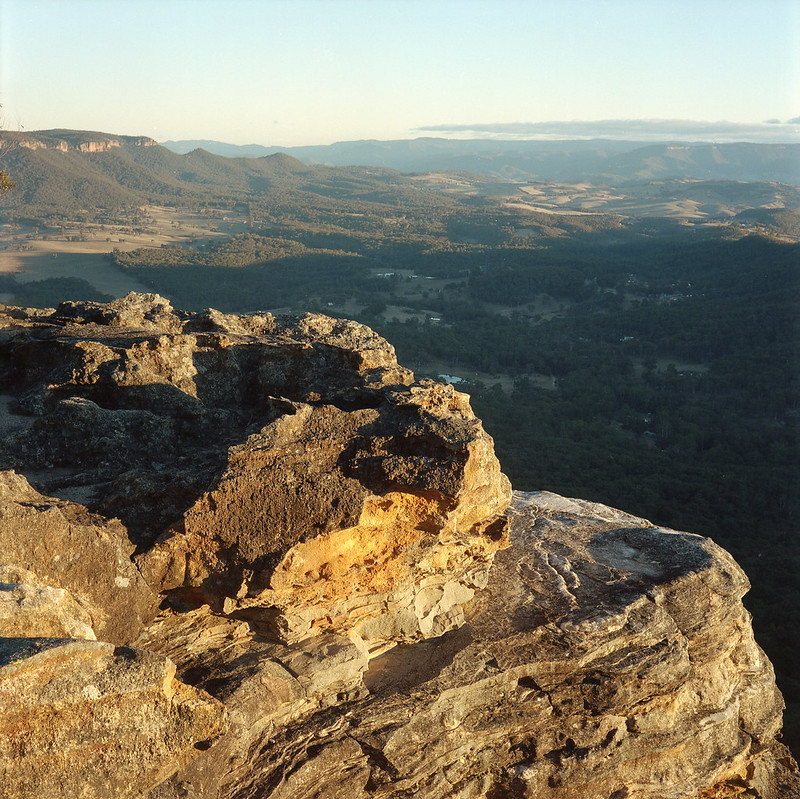




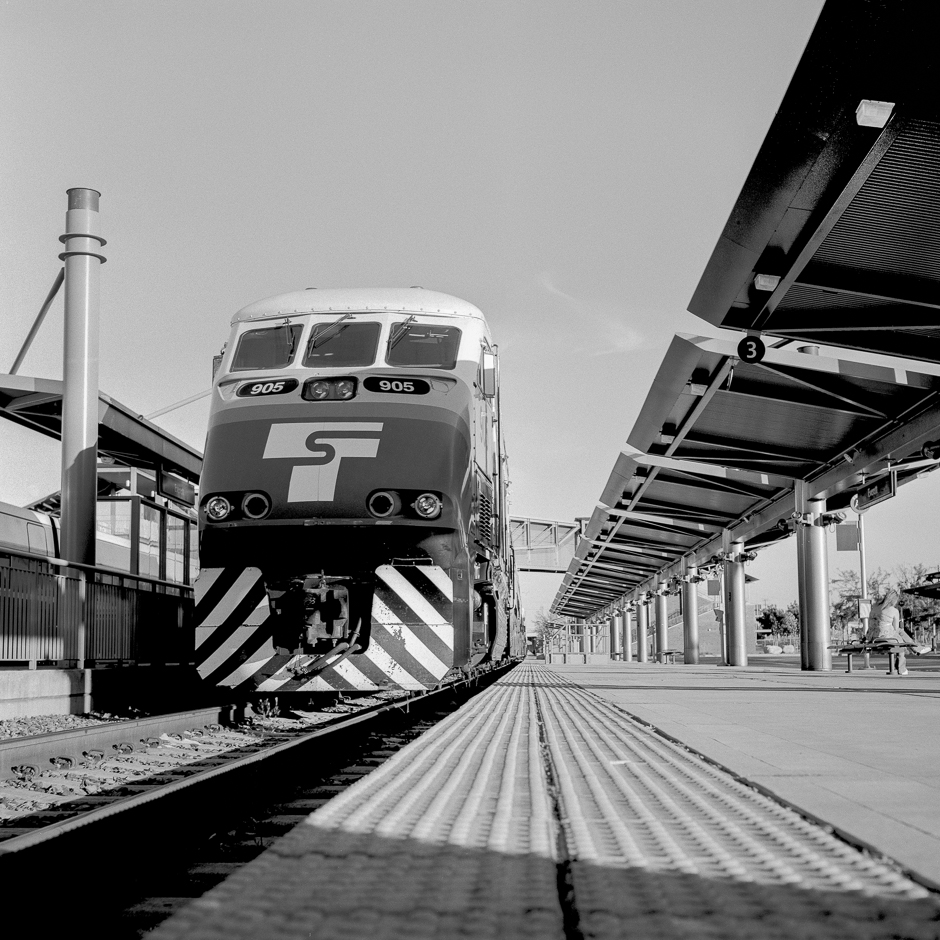




 Post #22 by nickthetasmaniac
Post #22 by nickthetasmaniac








